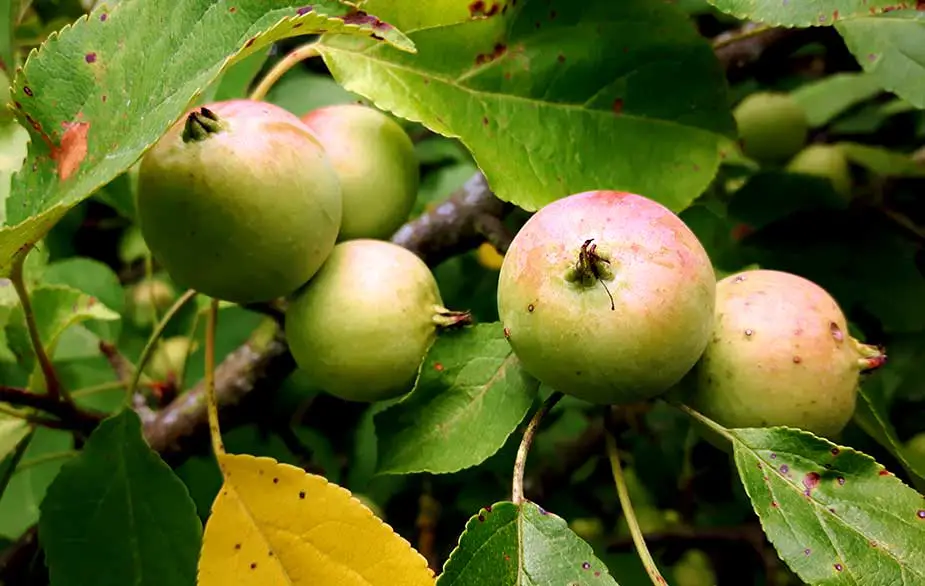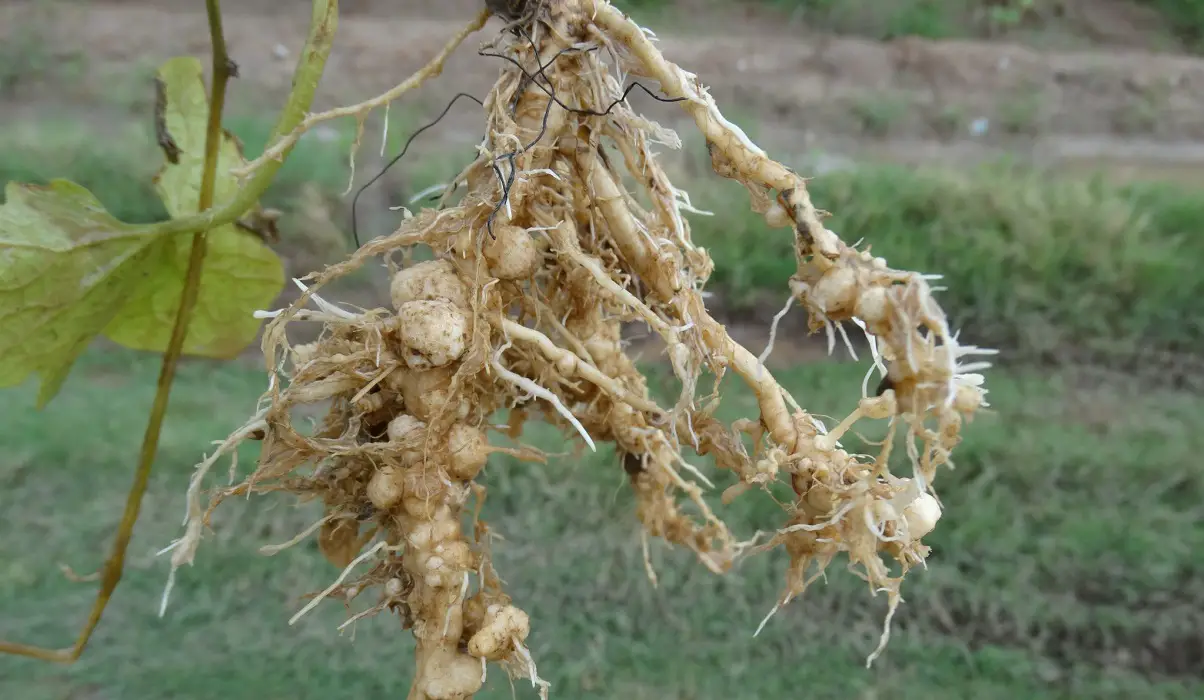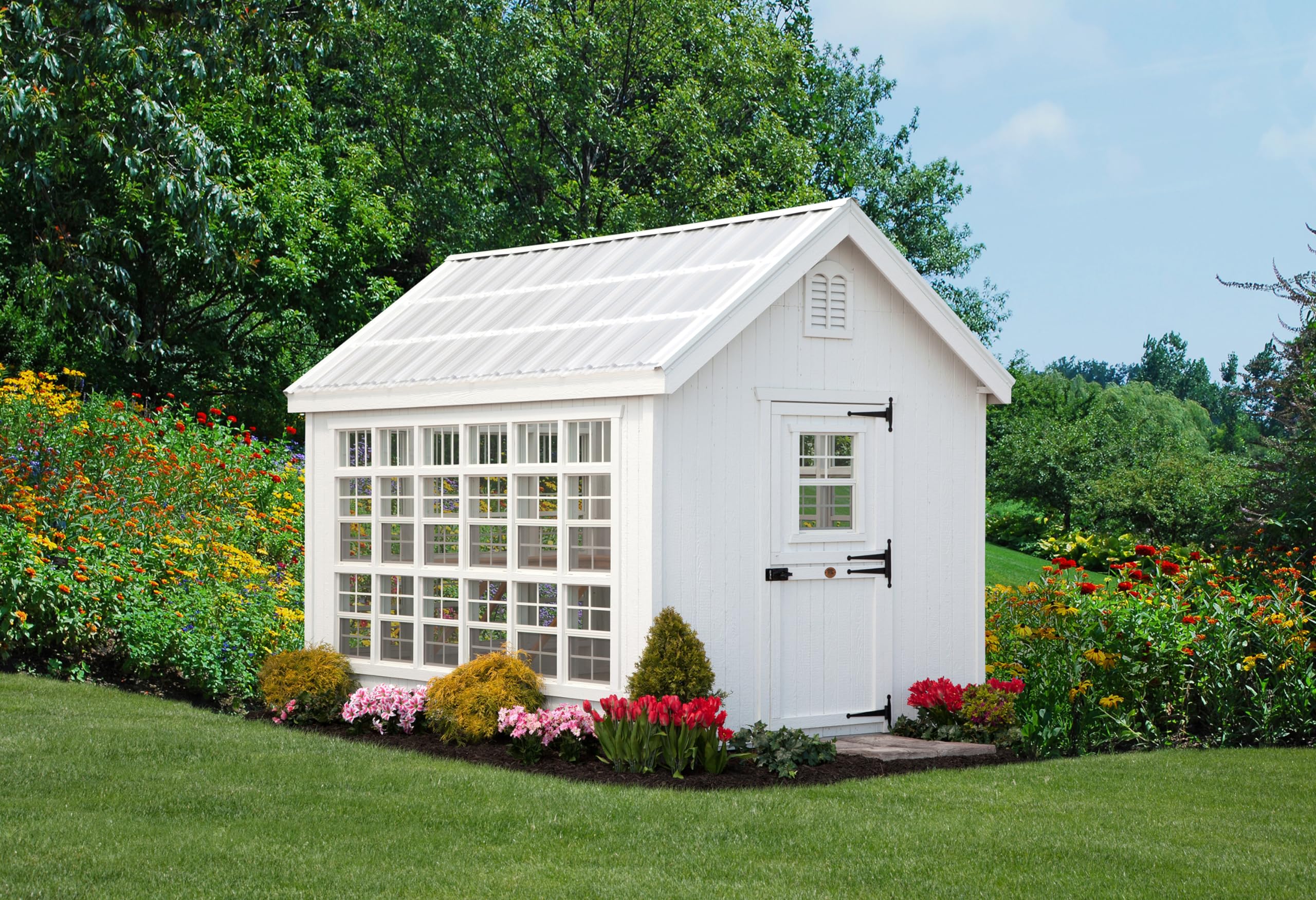What Does a Crabapple Look Like?
Crab apple trees are perennial favorites due to their beautiful spring flowers, summer fruits and fall foliage displays. Furthermore, these evergreen trees add year-round interest with their various flower colors, fragrances, sizes and tree forms that give it year-round appeal. “Adams” boasts gorgeous pink buds that bloom into pure white fragrant blooms in early to …










